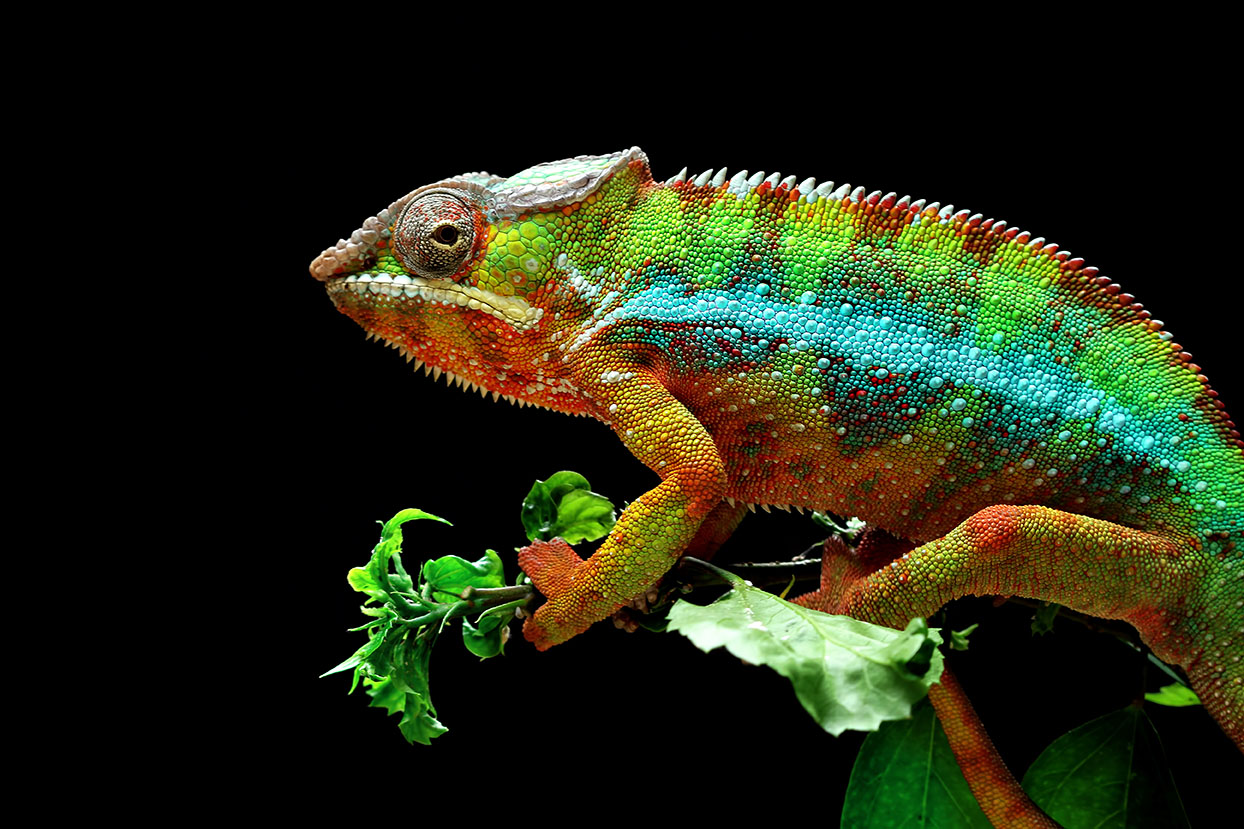

Reptiles are cold-blooded animals that have scales and lay eggs. They are ectotherms, which means that they rely on external sources of heat to regulate their body temperature. Reptiles have a backbone and lungs, and they are the first vertebrates to lay amniotic eggs.
Some common reptiles include snakes, lizards, turtles, and crocodiles. Snakes are legless reptiles that have a long, slender body. Lizards have four legs and a long tail. Turtles have a hard shell that protects their body. Crocodiles are large, semi-aquatic reptiles with long snouts.
Reptiles live in a variety of habitats, including forests, deserts, and oceans. They are found all over the world, except in Antarctica. Reptiles are an important part of the ecosystem, and they play a role in controlling populations of other animals.
The reptile house at the zoo is home to a variety of snakes, lizards, and turtles.

Noun:
a cold-blooded vertebrate animal of a class (Reptilia) that includes snakes, lizards, turtles, and crocodiles.
The word "reptile" comes from the Latin word "reptilis", which means "creeping".
The first recorded use of the word "reptile" in English was in the 16th century.
What are the four living orders of reptiles?